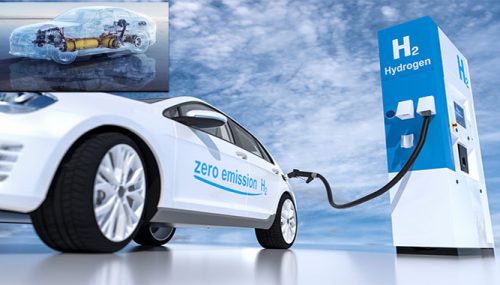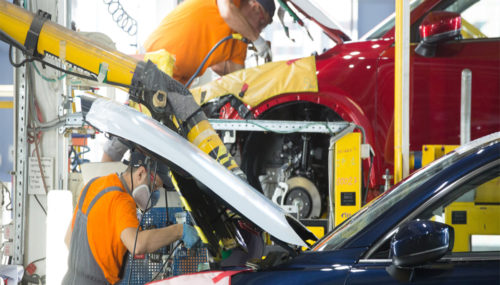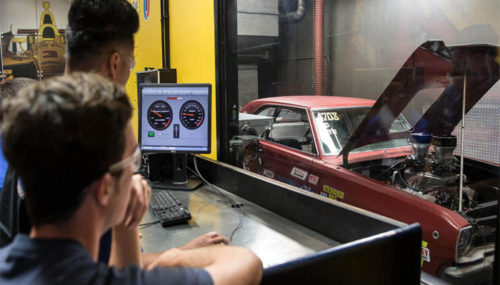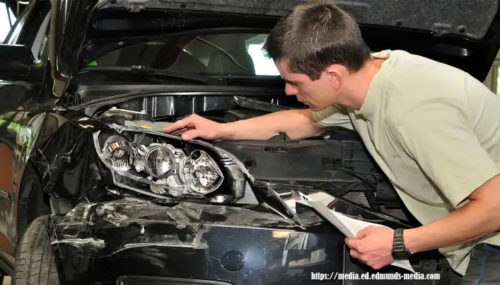Electric vehicles have become increasingly popular due to their efficiency and eco-friendliness. Regenerative braking is a key feature of electric vehicles that allows the energy generated during braking to be captured and used to recharge the vehicle’s battery. In this article, we will outline the key parts of electric vehicle regenerative braking systems and their maintenance.
Key Parts of Electric Vehicle Regenerative Braking Systems
Regenerative Braking Controller
The regenerative braking controller is the brain of the regenerative braking system. It is responsible for controlling the amount of energy that is captured during braking and ensuring that it is fed back into the battery. The controller determines the amount of energy to be captured by monitoring various inputs, such as the vehicle’s speed, the position of the accelerator pedal, and the force applied to the brake pedal.
Electric Motor
The electric motor is responsible for propelling the vehicle and acts as a generator during regenerative braking. During regenerative braking, the electric motor switches from propulsion mode to generating mode. The motor generates electricity by acting as a brake, using the kinetic energy of the vehicle.
Battery
The battery is the energy storage unit of the electric vehicle. During regenerative braking, the energy generated is used to recharge the battery. The battery’s performance and maintenance are crucial for ensuring the efficiency and longevity of the regenerative braking system.
Braking System
The braking system of electric vehicles operates in the same way as traditional vehicles-based on hydraulic or mechanical systems but also has an additional component of regenerative braking. The system uses the electric motor to slow down the vehicle and generate electricity, reducing the workload of the traditional brake system.
Maintenance of Electric Vehicle Regenerative Braking Systems
While regenerative braking reduces wear and tear on traditional braking systems, they still require regular maintenance to ensure optimal performance. Here are some key maintenance tips for electric vehicle regenerative braking systems:
Battery Maintenance
Regularly inspect battery health and maintain proper charging practices to keep the battery operating at peak performance
Brake System Inspection
Regularly check the braking system for wear and tear, including brake pads and rotors. Replace any damaged components as necessary.
Regenerative Braking Controller Maintenance
The regenerative braking controller should be inspected and tested periodically to ensure it is functioning optimally.
Electric Motor Maintenance
Electric motors require regular maintenance to ensure they are operating at peak efficiency. Routine inspection and repair of the motor can avoid future breakdowns.
Regenerative braking systems are a key feature of electric vehicles, and proper maintenance is essential to ensure they operate efficiently and effectively. Regular battery, brake system, controller, and electric motor maintenance can prevent breakdowns and extend the life of the system. By following these maintenance tips, electric vehicle owners can keep their regenerative braking system running like new while saving energy and improving vehicle efficiency.



















